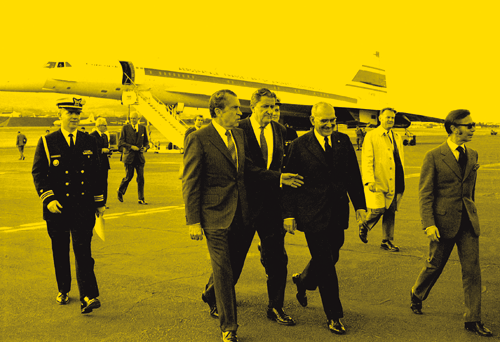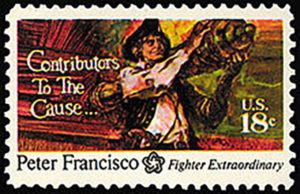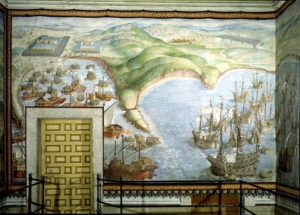The Lajes summit in December 1971 on the island of Terceira was the center of the world.
In the abandoned Serreta Inn, Marcelo Caetano received the American and French Presidents Nixon and Pompidou at a summit meeting to face the economic crisis of the time.
French President Georges Pompidou arrived in the Azores in torrential rain that left the hosts and dozens of reporters and cameramen waiting for him on the tarmac with water on his ankles. But on this Sunday, December 12, 1971, those present had the privilege of seeing, among the first mortals, the most advanced plane landing in the world: the supersonic Concorde, then still on trial flights, used by Pompidou to gain the prestige of a France , that was the Führer at the time
Hours later, Richard Nixon was luckier with time: he and his inseparable security advisor Henry Kissinger came down from Air Force One and were greeted by a clear sky. Marcelo Caetano cheered with joy. For a long time, a Portuguese head of government did not appear in world politics as it did during the three days between December 12 and 14, 1971.
Europe and America were grappling with a deep economic and financial crisis that experts did not consider to be the most serious since World War II. The No. 1 public enemy of the international monetary system was inflation – a monster created by the astronomical cost of the Vietnam War in the US and the welfare state in the six Common Market countries (such as the European Economic Community, predecessor of the European Union) and in England which joined the EEC in January 1973
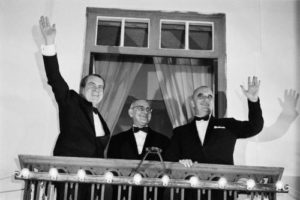
To ease inflationary pressures, Richard Nixon had abandoned the gold standard in August of that year and, when he got ready to devalue the dollar – which he did a few days after the Azores Summit – tried to persuade European partners to value their currencies . But it wasn’t easy. First he had to sell the idea to the French President. Georges Pompidou had only made it two years before General De Gaulle, who used the common market to show the world that France led Europe. For this reason, the old general has repeatedly rejected the British candidacy, taking advantage of the political fragility of divided Germany. Pompidou opened the doors to England but insisted on presenting France as a European “locomotive”.
The Estado Novo had “proudly left the country alone,” as Salazar had said. But now, with the Azores summit, things would change … at least, Marcelo Caetano hoped. The President of the Council arrived at Lajes airport at 12.40 p.m. on Sunday. After compliments of the exercise, he drove to the summit in a parade of cars: the Serreta Inn (where Pompidou was staying) and the board of directors of the district of Angra do Heroísmo. Nixon settled in the residence of the commander of the American base at Lajes. Marcelo Caetano stayed in the Capitães Generais Palace, the official residence of the district governor. The Concorde with the French President arrived at 4.40 p.m., lashed by drops of water. The landing was not without breakdowns: the plane even had a flat tire, but Pompidou landed without incident. The French delegation, which also included Finance Minister (and future President of the Republic) Giscard d’Estaing and Foreign Minister Maurice Schumann, immediately followed to the Serreta Inn. By then, after everyone had changed, they were wet to the bone – Pompidou had an initial conversation of fifty minutes with Marcelo Caetano.
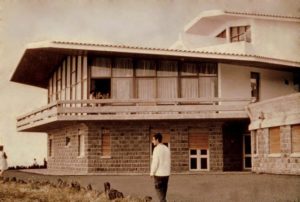
He returned shortly after the airport to greet Nixon. Air Force One landed at 9:45 p.m. – but the landing of the American President of the Boeing 707 in front of hundreds of journalists and despite the demonstration of the security apparatus was overshadowed by the star of the event: the Concorde, which dominated the runway a short distance away.
The episode was the target of a diplomatic iron arm, with fists of income, those events that spice up the cinzentiso of these gatherings, as the then head of the press services of the Portuguese government, Pedro Feytor Pinto, recounts in his memoirs in the book In the Shadow of the Power: “The Americans did not want the Concorde to stand in front of the train station because when they reached President Nixon at night with direct broadcast to all television sets in the United States, it would delay the spectacular presence of the aircraft by the French. It’s not easy to argue with Americans, but they understood that the part of the base where the ceremonies were performed was Portuguese and we would decide. Thus the Concorde was very clearly visible as it would be normal.

Marcelo Caetano did not attend the summit he organized. Their conversations were always with Nixon, who informed him of his upcoming visits – those of historical importance – to Mao Tse-tung’s China and to the USSR from Brezhnev and to Pompidou. Shortly after his trip to the Azores, it became public knowledge that the French president was suffering from cancer, the disease that killed him in 1974. In the same year Marcelo Caetano was overthrown by a coup in Lisbon and Nixon asked to resign after the crash of the Watergate scandal.
Although the Portuguese authoritarian regime was in the spotlight at the summit of the Azores, it remained isolated. And in the Azores the Serreta inn never returned to glorious days.
On March 16, 2003, the Azores came back into the focus of the media. Prime Minister Durão Barroso then has the US President George W. Bush, the Spanish Prime Minister José María Aznar and the British Prime Minister Tony Blair at the Lajes base. The summit was intended to express the support of these three European leaders in the United States in the war that a few days later began against the Iraqi dictator Saddam Hussein.
Source: News Diary
